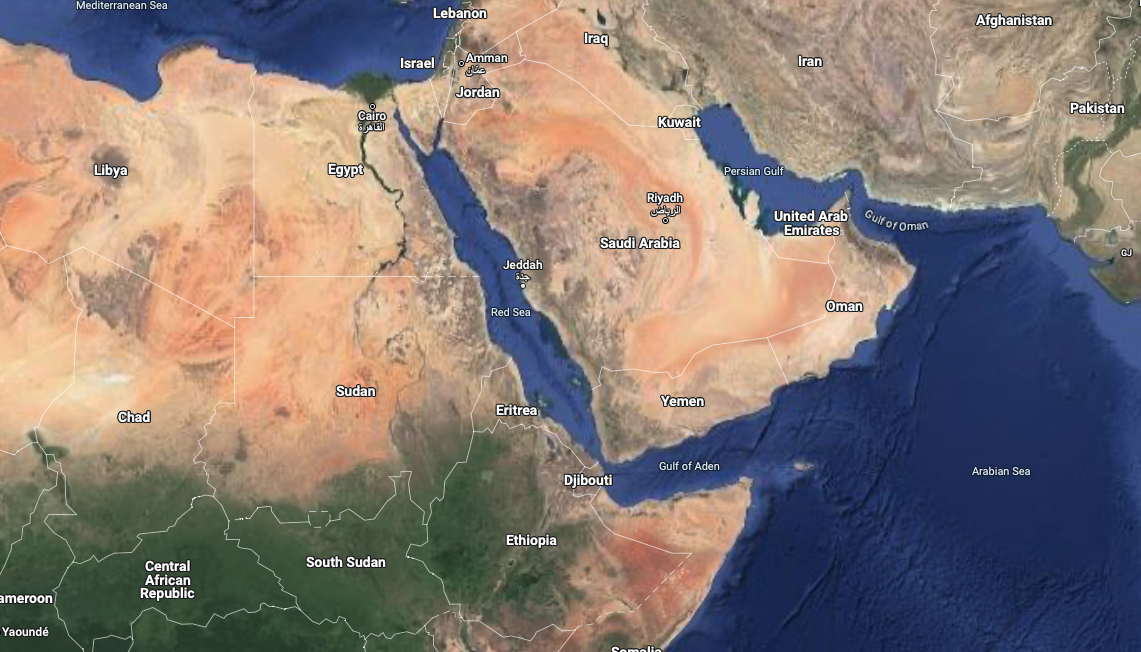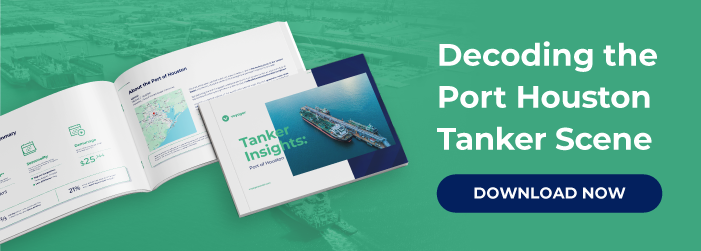The Red Sea has recently seen significant geopolitical issues, primarily due to increased tensions and maritime security challenges. In the last few months, the situation has been marked by increased attacks, primarily by Houthi rebels in Yemen, on civilian shipping and maritime trade routes.
The Houthis, backed by Iran, have used a variety of means to disrupt maritime activities, including UAVs (unmanned aerial vehicles), remote-controlled waterborne improvised explosive devices, and small boats. There have also been direct threats to Israeli shipping from Iran, highlighting the broader regional security implications.
In response to these threats, maritime security advisories have recommended various measures for vessels transiting the region, and while the recent deployment of the international security coalition in the region led to some carriers beginning to restore services in the route, others have completely halted services in the Red Sea.
However, these measures are already putting upward pressure on the cost of transporting raw materials like oil, gas, petrochemicals, and grains around the world, as charterers of these vessels and their operators have only a few options up their sleeves depending on their financial objectives and risk tolerance:
- Deviate the ships around Africa: This will increase the duration of the voyage, fuel costs, cargo financing costs, and insurance costs. Overall the cost PMT could easily increase by 50% for the Charterer depending on the opportunism of the vessel operator and the contract provisions in the Charter Party.
- Take the risk and travel through the Gulf of Aden: Explicit cost increases for the charterer are going to be War Risk Premiums levied by the insurance providers for transiting high-risk areas. Additional costs may include armed guards, the costs of a naval escort, and general premiums the operator may impose simply because it’s a high-risk area and it’s a free market.
The Cost of Conflict on International Shipping
In short – Freight rates are going to keep going up so long as the crisis continues and this will eventually be priced into the commodities themselves. Fuel markets may react quicker, potentially affecting prices at the pump in a shorter time frame due to the more direct and immediate link between crude oil prices and consumer fuel costs.
The transportation sector’s reliance on these routes for fuel shipments means any disruption can quickly ripple through the market. As the crisis prolongs, the sustained higher freight costs may begin to exert upward pressure on a broader range of consumer goods.
It’s unlikely that this crisis will have a major impact on near-term consumer prices since increases in raw materials can take months or years to hit the shelves of the supermarket. However, the extent and timing of these price changes will vary across different sectors and geographies, influenced by factors such as local market conditions, the degree of dependence on affected shipping routes, and the ability of companies to absorb or pass on increased costs.


